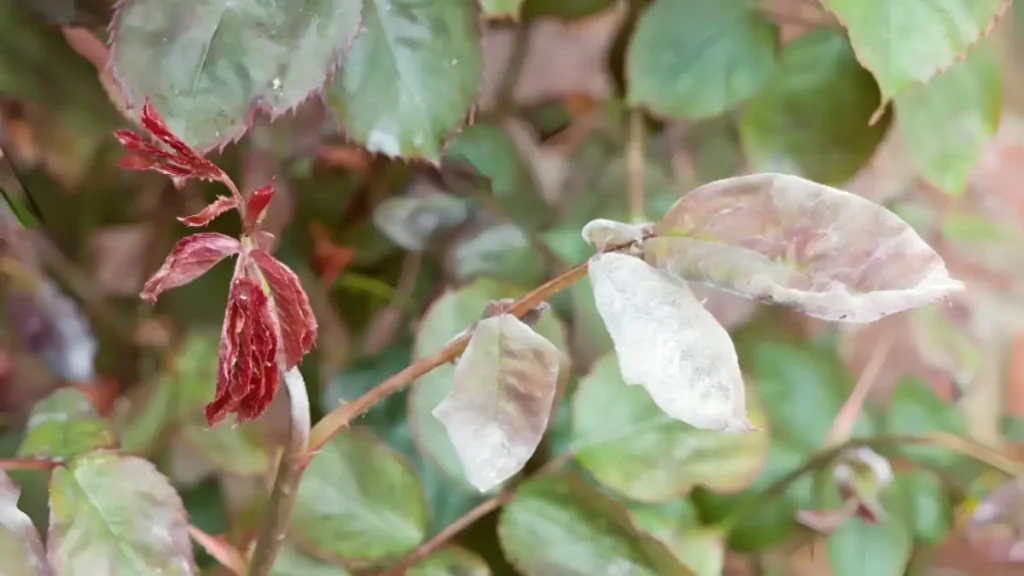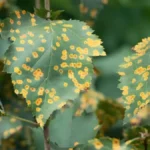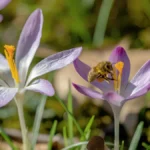The fungal pathogen Sclerotinia sclerotiorum is the source of white mold, a plant disease that affects over 400 plant species, with economic crops being the most affected. On afflicted plant material, white mold symptoms include white fluffy growth, stem wilt, and leaf die-off. In mild, rainy weather, sclerotia reproduce and spend the winter in the soil. Go through our entire post to learn how to shield your plants from this issue.
White mold symptoms:
A fungus called white mold can harm a wide range of plants. Some common symptoms of white mold are listed below.
- A fluffy, white, cotton-like fungal growth develops on afflicted plant portions as the disease worsens. On one stalk, every leaf wilts and dies. Leaves on infected plants may turn yellow or brown, particularly as the disease worsens.
- As the illness worsens, the leaves of infected plants may turn yellow or brown. There may be firm, black, seed-like objects called sclerotia inside the white mold growth. Green stem tissue is frequently found just above and below the infection. White mold can weaken and lessen the vigor of plants.
White mold treatment:
White mold frequently returns to a garden every year after it has been introduced. A variety of cultural control techniques can lessen the number of impacted plants.
How to get rid of white mold:
- A naturally occurring chemical, neem oil effectively combat white mold as an insecticide. Apply a thick layer of the mixture to the affected plant every few days until the mold is gone. In a sprayer, combine two tablespoons of organic neem oil with half a gallon of water.
- As soon as white mold symptoms start to show, remove any affected plants. Space your plants appropriately apart to improve air circulation and lessen the moisture that mold loves. Apply a fungicide designated specifically for white mold.
- Mouthwash works well to treat white mold, but it can burn leaves if used excessively. Also, Vinegar is a tried-and-true way to get rid of mold. Infuse your affected leaves and stems with a solution of two tablespoons of apple cider vinegar and one quart of water.

- The best defense against mold is to stop it from growing in the first place. Alternate with plants like corn or grasses that are resistant to white mold. Rather than using sprinklers, use drip irrigation or soaker hose.
- During hot months, think about solarizing the soil by covering it with clear plastic to destroy white mold spores, which can persist in the soil. Only if the compost is heated to 148 to 158 degrees Fahrenheit for at least 21 days can infected plants be composted.
- In a gallon of water, combine one tablespoon of baking soda and half a tablespoon of liquid soap; transfer the mixture into a spray bottle and completely treat the afflicted plant.
- Water the base of plants to keep the foliage dry. Drip irrigation is preferred over overhead watering. Mold and other problems may usually be avoided by planting plant kinds that are resistant to disease.
Conclusion:
In conclusion, white mold usually causes wilting, stem rot, and yield loss by appearing as white, cotton-like fungal growth on infected plant tissues. Utilizing resistant plant cultivars and fungicides can help control the spread of the fungus, which grows best in chilly, humid environments. Following the above recommendations for appropriate preventative measures is crucial to lowering the risk of infection and safeguarding crops from harm.
Certainly! If you’d like to learn more, please consider following our WhatsApp Channel: Harvest Gardening
A frequently asked questions:
Q1. What is white mold?
A1. A fungus called white mold, sometimes referred to as powdery mildew, damages a variety of plants and vegetation. Particularly in humid or wet conditions.
Q2. What is the difference between black and white mold symptoms?
A2. White mold looks powdery or fuzzy and is white or light gray, but black mold is usually dark green or black. While white mold is normally less hazardous but can still induce allergic reactions, black mold is thought to be more dangerous since it may generate mycotoxins that pose major health hazards.
Q3. Is white mold dangerous?
A3. Indeed, white mold can damage plants by weakening their structure through infection of the stems, leaves, and fruits; if left untreated, it can even kill the plant.
Q4. What are the white mold symptoms in humans?
A4. Yes, white mold can cause allergic reactions that manifest as sneezing, itching, runny nose, and watery eyes. Although not always harmful, health issues can be especially problematic for those who already have illnesses like asthma.



